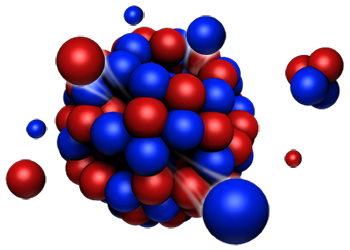Speaker
Description
The power of wide Q-range total scattering techniques can only be fully realised through judicious use of isotopic substitution and computer simulation. The more comprehensive the former, the more informed the latter, and consequently the more robust the resulting scientific conclusions on structural aspects of the systems. Investigation of a multitude of disordered systems in this manner has been possible through application of the Empirical Potential Structure Refinement package by A. K. Soper, spanning atomic glasses, molecular liquids and mixtures, confined systems, and crystals. The advent of new instruments such as the Near and InterMediate Range Order Diffractometer on Target Station 2 at ISIS has, however, broadened the scope of the studied science, as well as its complexity, beyond the capabilities of the present implementation. Herein we discuss the core techniques that allow investigation of total scattering data by guided computer simulation, the intended scope of a next generation package (Dissolve), and how this aligns with the apparent direction of scientific study within the Disordered Materials group at ISIS.

